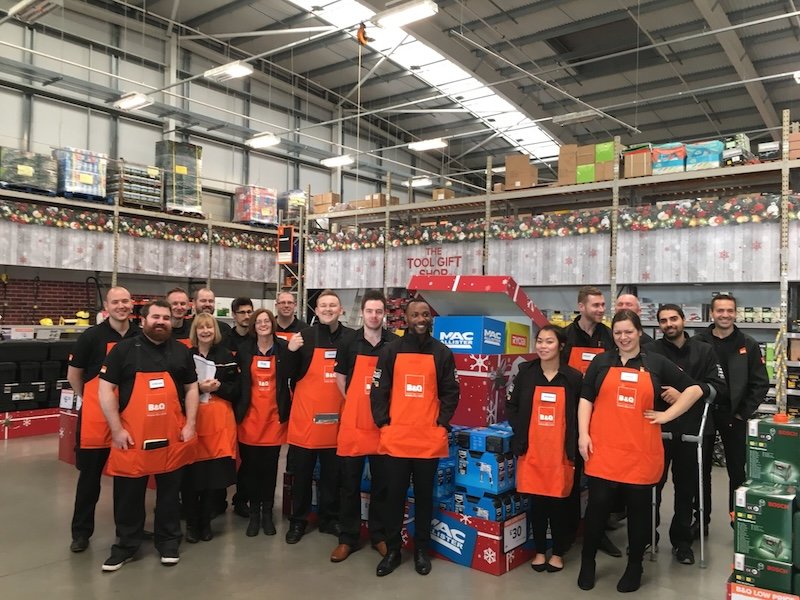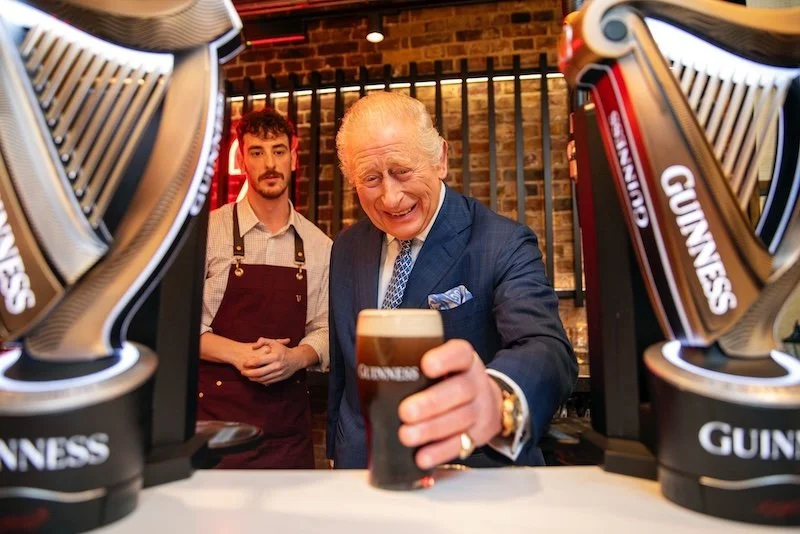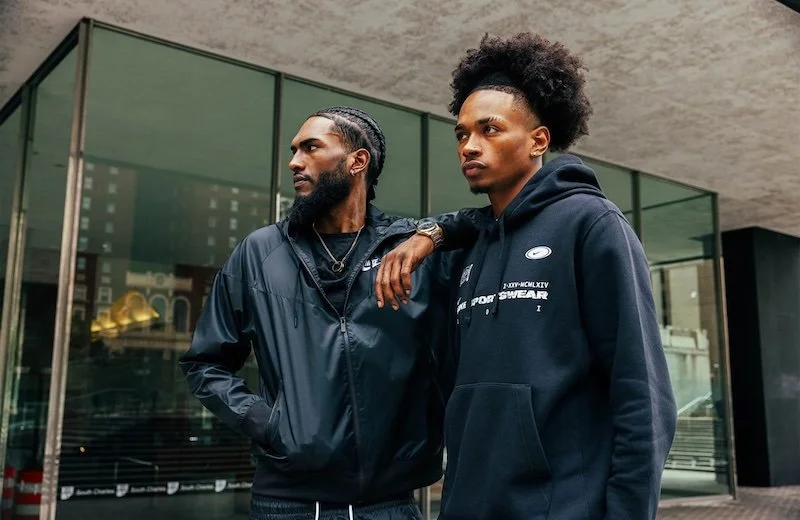Covid highlights the need to be here and now for retail
The pandemic has hit the retail sector dramatically, forcing shops to introduce restricted numbers and enhanced safety checks.
Clothing stores were hit the hardest, with a whopping 35% drop, according to the Financial Times records. While online shopping offered a safe alternative to preserve the retail industry under lockdown, retailers have failed to recover losses as they reopened their physical shops.
Unfortunately, the pandemic remains a tangible risk – and is likely to be so for the months to come. The coronavirus exposes a shift in shopping habits that the retail industry needs to embrace to grow and survive.
Failure to recognise and reflect the zeitgeist momentum in shops can only reinforce the gap between retailers and their Covid-fearful audience.
Failures to predict trends on time
Empty shelves marked the start of the pandemic in most grocery shops. Panic shoppers targeted pasta, flour, soaps, and toilet paper rolls, causing an even bigger surge of demand. Photos of empty shops have been blamed on selfish customers.
Yet, decision-makers in the retail industry should have been able to predict the move with accurate data collection and analysis. Unfortunately, most retailers were taken by surprise and unable to cope with the demand in real-time.
Data collection challenges, such as lack of visibility into regional insights or access to publicly available data, have shown the roadblocks across the scalability and real-time adaptability of the retail sector. As further pandemic waves are expected, problematic data collection can lead to further issues.
Struggle to cut down delivery delays
It’s fair to say that empty shelves were partially linked to the inability to use data for predictability. Yet, once the panic-shopping situation became apparent, retailers also struggled with logistics and organising additional shipping rounds with their suppliers.
Supply shortage is one of the reasons for delays. However, failure to arrange for time-saving and budget-friendly pallet delivery also accounted for empty shelves in shops. Maintaining a diverse list of suppliers, along with scalable shipping strategies, could prevent dramatic shortage situations.
Alternatives to polite mask notices
Shoppers have become familiar with the mask notification at the entrance of the shop. However, face masks can only be life-saving if the strategy is manageable in stores. Unfortunately, retailers don’t have a team that can provide self-policing services and check visitors before the entrance.
Instead, however, they can consider an upgrade on their CCTV system with thermal cameras that can measure temperatures in a crowd. The camera can help identify potential risks – aka individuals with an elevated temperature – and isolate them effectively, keeping everyone else safe.
Regaining the trust of customers begins with the creation of a safe shopping environment.
Fitting room app
Fashion retailers have shut their fitting room facilities as part of their safety precautions. Unfortunately, for shoppers, the fitting room is a crucial part of the shopping experience, ensuring items fit before purchase.
Even though shops are extended their return terms, customers remain cautious. The addition of a store app that can help visitors to measure themselves and find the best recommendations for their body shape would make a big difference.
For the retail industry to remain relevant in the midst of a pandemic, it would take more than last-minute transformations and partial closures. Retailers need to get in touch with the pandemic zeitgeist and its effects on the audience.
Smart tech and strategic coordination are essential elements of retail evolution.










Continue reading…